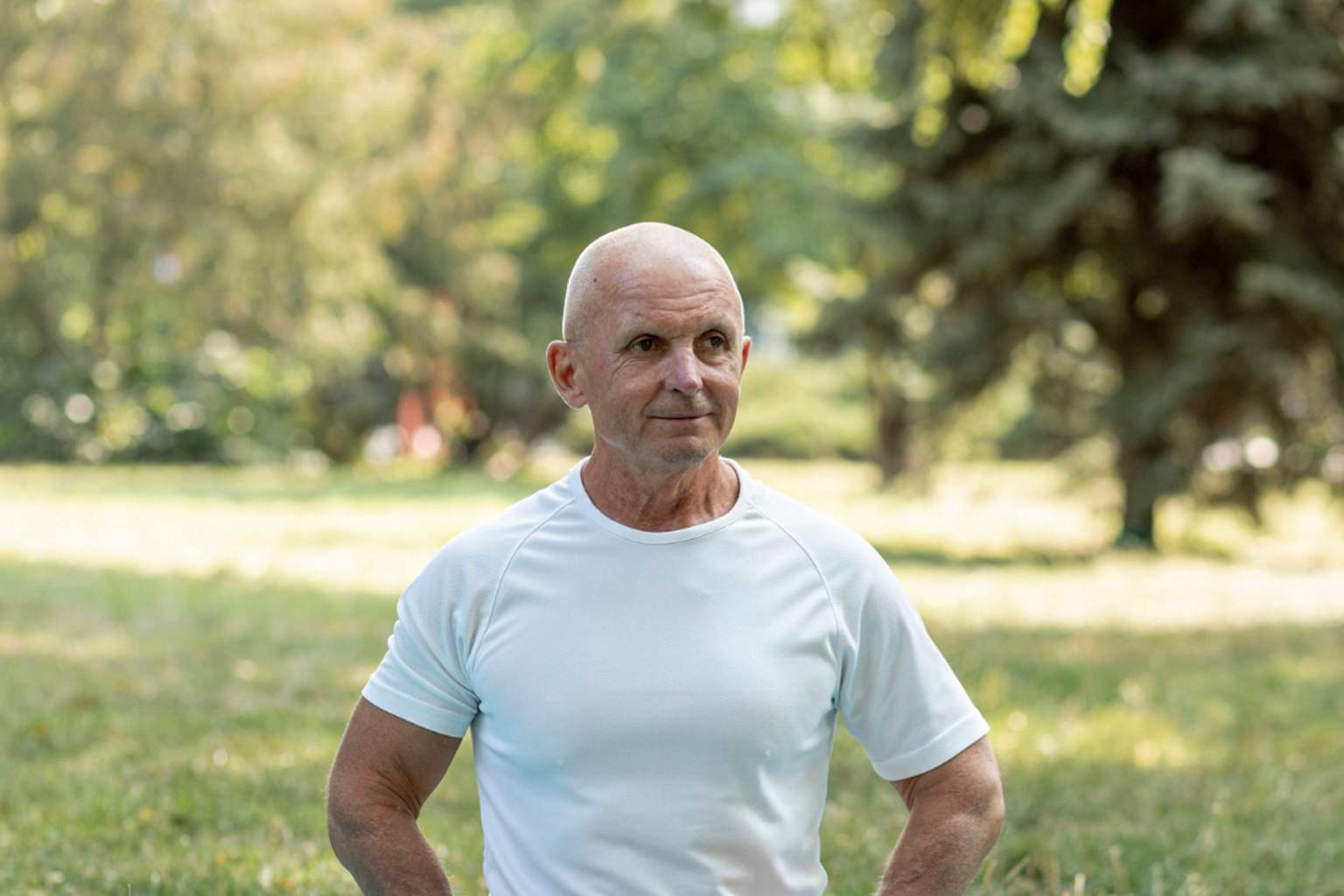Finding the right physical activity after 60 can feel like a puzzle. Many older adults worry, quite rightly, about excessive fatigue, joint pain, or the impact of hard falls. Yet, there’s an activity that’s not only gentle on the body but also a powerful ally for reclaiming restful sleep. Curious to know what it is? Let’s dive in.
Why yoga is perfect for flexibility and strength after 60
Unlike high-intensity sports like tennis or biking, which demand endurance and quick reflexes, yoga adapts gently to each person’s abilities. One of yoga’s top benefits is its ability to build deep muscle strength without stressing fragile joints, something especially useful for those dealing with aches or arthritis.
This kind of total-body strengthening, combined with improved flexibility and balance, eases chronic back pain for many seniors. In fact, a study published in the Journal of the American Geriatrics Society confirmed that regular yoga significantly enhances balance and mobility, which is key to reducing the risk of falls—a pressing concern for older adults.
Yoga comes in different styles suited to varying needs: the gently paced Hatha yoga offers slow, held postures, while chair yoga welcomes those with limited mobility, making sure no one is left out.
How yoga soothes the mind and improves sleep quality
The magic of yoga isn’t just its physical benefits—it works wonders on the mind too. With age, sleep problems like insomnia tend to sneak up on many, making restful nights harder to come by. According to Dr. Herbert Benson from Harvard University, relaxation techniques such as yoga activate the body’s “relaxation response,” which is a natural antidote to stress.
This response helps lower cortisol levels, the stress hormone that often keeps us tossing and turning at night. At the same time, yoga may increase melatonin, often called the “sleep hormone,” which regulates our sleep cycles.
Another key ingredient in yoga is deep, controlled breathing (pranayama), which fills the brain with oxygen and calms the nervous system. Many of us know how hard restless thoughts and worries can be when trying to fall asleep. Yoga teaches you how to gently manage these mental distractions, leading to calmer evenings and better rest.
Starting yoga safely after 60 for lasting benefits
You don’t need to be an athlete or aim for complicated poses to enjoy what yoga offers after 60. The key is to start slowly and safely. First off, it’s a smart move to talk with your doctor to ensure there are no health concerns that might make some movements risky.
Then, look for yoga classes designed specifically for seniors. Terms like “gentle yoga,” “chair yoga,” or “senior yoga” can guide you to the right place. You might find quality teachers through local yoga federations or community centers.
Remember, yoga isn’t about pushing yourself to an extreme, but about feeling good and balanced. Beginning with two sessions of 30 to 45 minutes per week is ideal. Consistency beats intensity every time—you may start to see a positive shift in your mood and notice deeper, more peaceful nights within just a few weeks.
A personal note: I started yoga after turning 60, worried that I wouldn’t be “flexible enough.” What surprised me most wasn’t how my body changed, but how much calmer my mind felt. I learned to be patient with myself and to tune in to what my body needed. It changed the way I approach aging—and sleep.
Above all, listen to your body. A yoga posture should never cause pain. When you pay attention to your limits, yoga becomes a source of gentle strength, improved balance, and true rest.
Have you tried yoga or another gentle exercise to help with sleep and balance? Share your experiences or questions below—we’d love to hear from you! Feel free to pass this along to anyone you know who might need a little extra calm in their life.
